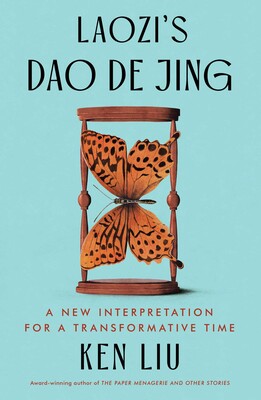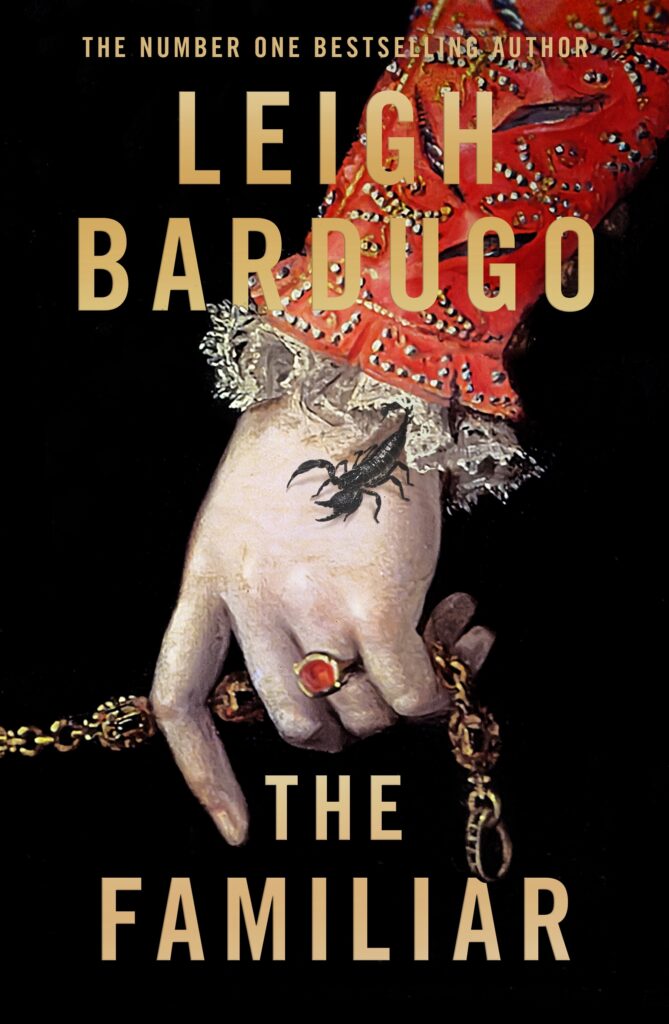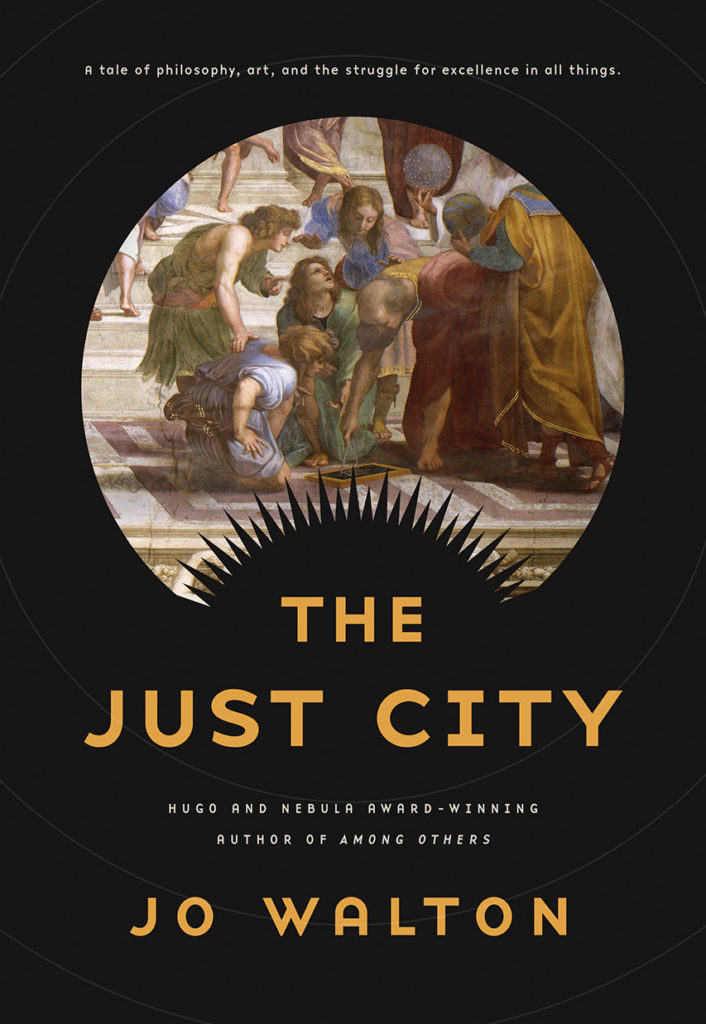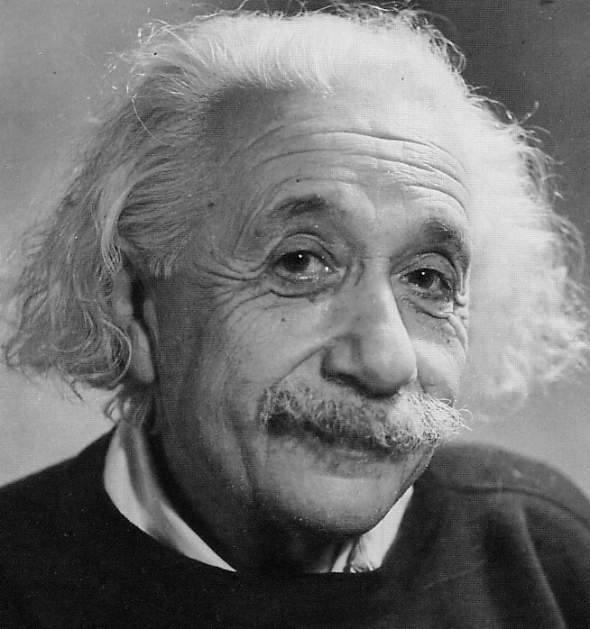Book Review: Laozi’s Dao De Jing (Ken Liu)

Translation is difficult, because each language encompasses at least one culture’s unique way of looking at the world. That’s hard enough when different words carry divergent assumptions from one language to another, and enormously more difficult when a word, as such, doesn’t even exist in the translated-to tongue. (And speaking of tongues, sometimes the same sounds aren’t even shared between languages, and some people can’t distinguish between sounds that change meanings completely!) Some words carry heavy cultural baggage, representing complex concepts in themselves. Obviously, Dao (which is often translated as “The Way” but which Ken Liu mainly leaves as just “Dao” so that readers are reminded of its multifaceted weight), De (often translated as virtue, or power, action, etc.), and Jing (often translated as book, or canon, treatise, etc.) are three such words. And when each sentence orchestrates interactions between complex concepts, conveying an entire treatise of philosophy and religion between cultures that share very little history and focus on different values might seem almost insurmountable. However, Ken Liu is far from the first person to attempt to translate Laozi’s Dao De Jing. The text, written in China during what Westerners label as the 4th century BCE, was first translated into English in 1868 by a Scottish missionary, and Wikipedia says it has been translated into Western languages more than 250 times. Indeed, I seem to remember a copy of Lao Tsu’s Tao Te Ching (different Romanized versions of the same Chinese words) floating around my college dorm, and I probably leafed through it then, although I can’t say I retained any of it. So, why is Simon and Schuster publishing a new version, Laozi’s Dao De Jing: A New Interpretation for a Transformative Time, by Laozi and Ken Liu, tomorrow (Aug. 20)? Publishers have their reasons; the more pertinent question to me is why anyone should read this in preference over any other versions. Liu himself would probably say that people should also read other versions in addition to his, as he himself is in conversation with interpretations across the centuries. (Although it’s not quite a conversation, because according to Liu’s interpretation of Laozi, the words of long-dead writers are merely the tracks of their thoughts, not the thoughts themselves.) For me, my primary reason for reading Laozi’s Dao De Jing: A New Interpretation for a Transformative Time was just that I wanted to see what Ken Liu had to say. I first became aware of Liu via a 2011 Podcastle audio “reprint” version of his deeply moving short story, “The Paper Menagerie,” and read his Paper Menagerie collection of stories later. He also wrote the Dandelion Dynasty silkpunk epic fantasy series. (He’s been a lawyer and a programmer, too.) Perhaps most relevantly here, works that he has translated into English, including “Folding Beijing” by Hao Jingfang, which I loved, and The Three-Body Problem by Liu Cixin, which I respected, have won major awards. I was fully confident that a Ken Liu translation would be both elegant and accessible, or as accessible as a translated foundational philosophical literary text could hope to be. Reinterpretations of older works have actually been pretty popular in science fiction circles in recent years; for instance, Zach Weinersmith’s and Boulet’s Bea Wolf was a 2024 Hugo finalist for Best Graphic Novel, just a few years after Maria Dahvana Headley’s Beowulf: A New Translation took the Internet by storm. However, despite being reviewed here at Skiffy and Fanty, mainly for the sake of its translator, Laozi’s Dao De Jing is not a work of speculative fiction. It’s a collection of many short chapters composed of short paragraphs advising how to think about oneself, the world, and how one should *be* in the world and interact with it (including other people) — or NOT interact, interspersed with sections where Liu explains his translation process and the choices he made. These interstitial sections start out quite long, involved, and frequent, and gradually become shorter, sparser, and rarer, as Liu becomes more comfortable with what he’s doing, and trusts that the readers will also acclimate themselves to the work and how he has been approaching it. In addition to translating individual words, Liu had to decide how the book actually began; and even before that, which version of “the book” to follow: the traditional “received text” or the text from scrolls discovered in the 1970s, which starts in the middle of the traditional text and puts the beginning half at the end, or the fragmentary text from bamboo slips found in a tomb in the 1990s. Liu wrote about applying his own knowledge of the constantly shifting writing/editing/publishing process in deciding how much weight to give each version, especially given Laozi’s own emphasis on true understanding and wisdom over the language that tries to encapsulate them. Because my review copy forbids quoting until verified with the finished book, I can’t share Liu’s translations or his own words. But I can tell you that it’s pleasantly fascinating to read both the translated text and Liu’s musings on their meanings, to wrestle with the writings and wonder how many of them, or how much of the whole, may be applicable to one’s own life. Many of the chapters contain apparent self-contradictions, or at least concepts that I find myself resisting, such as not valuing the rare and talented, or admonitions against taking actions (and I like the idea of leading by the example of non-conflict, but as a trained wordsmith, I find it hard to eschew arguments); however, I’m aware that this resistance may be because I don’t sufficiently understand these Daoist ideas yet. Liu himself says that when he started actually reading the book himself during the pandemic, instead of relying on quotes and cultural memories, he wanted to argue with it, and only later started to really accept it enough to converse with it. The book is pretty short if one simply measures by its 176 pages, but I strongly advise against rushing through it. So does
A Book by its Cover: THE FAMILIAR by Leigh Bardugo

Joke review: “… the more highbrow reader will surely appreciate how Bardugo plays with a lighthearted Hegelian concept and complicates it within an esoteric historical fantasy plot…”
414. Live at Capricon 41 (Hope and Science Fiction)
https://media.blubrry.com/skiffyandfanty/dts.podtrac.com/redirect.mp3/archive.org/download/sand-f-episode-414-live-at-capricon-41/SandF_Episode_414_Live_at_Capricon41.mp3Podcast: Play in new window | DownloadSubscribe: Apple Podcasts | Spotify | Android | Email | TuneIn | Deezer | RSSHopeful visions, genre nerdery, and diversity, oh my! Let the shenanigans ensue! Shaun Duke, Jen Zink, and GoH Brandon O’Brien join forces for a live recording of the 3x Hugo Finalist podcast, The Skiffy and Fanty Show! Together, they’ll discuss the power of science fiction to explore the present and uncover hope, from its technological imagination to its approach to social issues and beyond. They might even give you an absurdly long reading reading list… Thanks for listening. We hope you enjoy the episode!
Book Review: Too Like the Lightning by Ada Palmer

It’s the 25th century, but William Buck Rogers is not emerging from several hundred years of sleep. Earth, however, is very different than the 21st century we know. Political changes, several rounds, have radically altered the geopolitics. People are affiliated with global political entities, physical borders being a thing of the past. So, too, technological abundance has not made a utopia, but definitely a society whose problems and issues and weaknesses are extremely different than our own. And people’s values, taboos and concerns have changed, to make a fascinating landscape alien to our own. And a young boy may bring it all down because he can do the literally impossible. Bridger, a young boy secreted away in the House of one of the crucial clans of this 25th-century world, is kept hidden for very good reason. His wishes, you see, come true. He can animate things, and perhaps do more, things nigh inexplicable even by the science of the day.
Socratic Dialogues and the Nature of Excellence: Jo Walton’s The Just City

Plato’s Republic is a book that has been debated and studied since its composition nearly 2400 years ago. It delves into some of the deepest questions of society. How do we design a city, a world, a political entity to benefit the most people? How should people be ordered? What is Justice? What is the practical upshot of creating a society, a city, ordered on the lines of The Republic? And what happens when the Goddess Pallas Athena decides that the thing to do in order to respond to Plato is to create a city based on The Republic, and populate it with people drawn through time and space, and several thousand children to be raised in the ways of the Republic, to carry the experiment truly forward? To create an experiment in a time and place where it cannot affect history but the pursuit of its excellence can be sought free of entanglements?
Feed the Machine: Blunderdome

This week’s Feed the Machine will be a little different. Before I go on, here is the link to the article in question: Following the missteps of giants — Phys.org It’s a short article, more a review than a science article really, but it got me thinking, and I want it to get you thinking. Why would one of the most respected scientists of the 21st century knowingly make such a blunder? Beyond this, what if, on an alternate earth, there was a scientist who was so respected, so smart, so right about everything, that her discoveries weren’t examined? In fact, they were taken as LAW the moment she set them down to paper? What if the world conformed to her laws, even when they were wrong? What if it didn’t? What if someone called her on it? Imagine a

